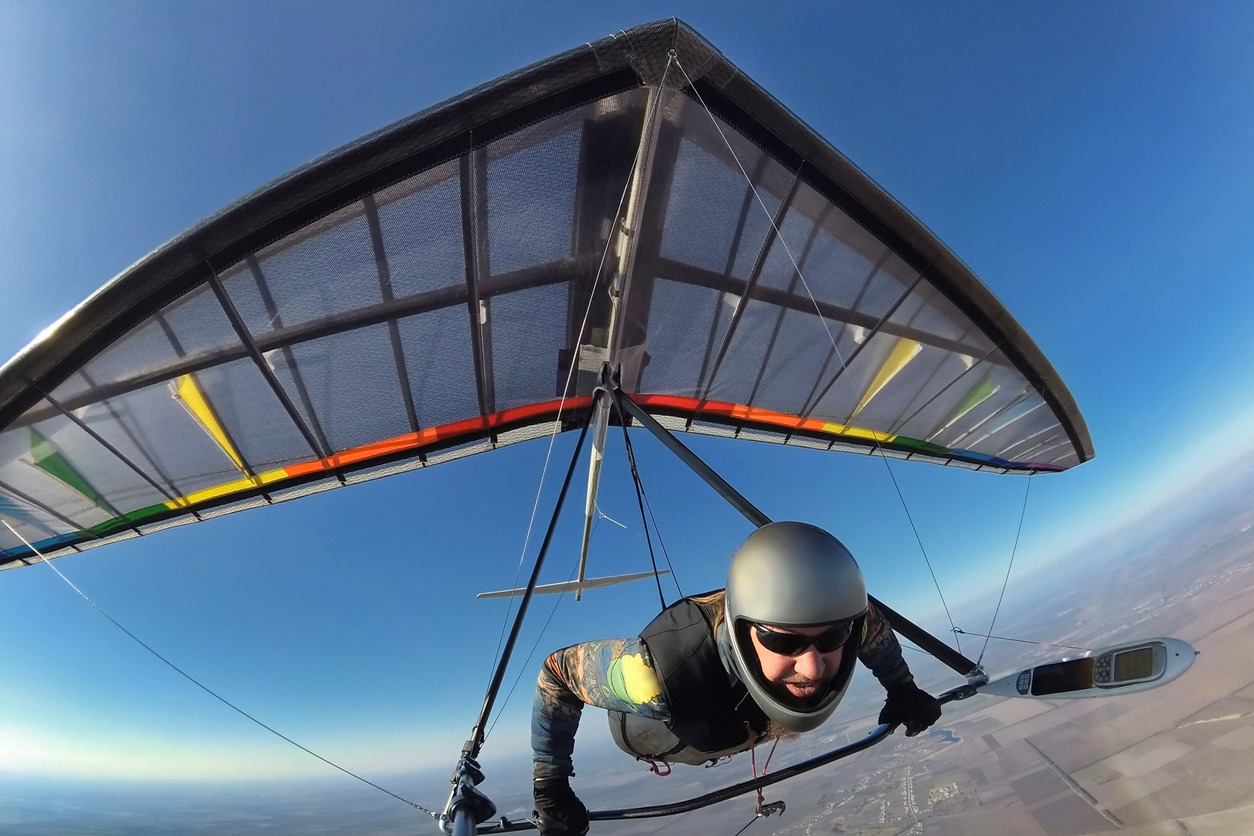It’s the day of your flight, and you’re excited to get in the air. You head over to the glider and start checking it out. You pull back on the canopy and release the brake, but nothing happens. You check all of the lines, pulleys, and connections, but everything seems to be in order. What could be wrong? Before you can even finish that thought, you hear a loud pop as the glider collapses around you.
If this scenario sounds familiar, then you know just how important it is to check your gliding equipment before a flight! In this blog post, we’ll discuss why it is so important to do a pre-flight inspection and what to look for when doing so.
What Is a Pre-Flight Inspection and Why Is It Important?
A pre-flight inspection is a thorough check of your glider and all of its parts before you take off. This inspection ensures that everything is in working order and that there are no potential hazards. You can also check all the tools you need before going on a flight.
Why is this important? Well, imagine if the scenario from earlier actually happened. Not only would you be stuck on the ground, but you could also be seriously injured if the glider came down on top of you. In some cases, an accident like this could even be fatal. So, as you can see, a pre-flight inspection is vital to keeping yourself safe while flying.
Pre-flight inspection is essential to prevent accidents that result in injuries or even death. Practicing pre-flight inspection is a great way to make your glider a lot more fun and enjoyable.
What to Look for During a Pre-Flight Inspection?
Now that we know why it’s important to do a pre-flight inspection let’s go over what you should be looking for.
First, you’ll want to check the condition of the glider. Look for any tears or rips in the fabric, loose connections, and anything else that looks out of place. It’s also essential to check the weather conditions before you take off. If it’s windy or there is a chance of thunderstorms, it’s best to stay on the ground.
Next, you’ll want to inspect all of the parts of the glider. This includes checking the control surfaces, lines, pulleys, and connections. Make sure that everything is secure and in working order.
Finally, you’ll want to test all of the equipment before taking off. This includes the brakes, canopy, and any other safety features. Once you’ve done all of that, you’re ready to take off!
How To Properly Check Each Part of the Glider?
Now that we’ve gone over what you should be looking for during a pre-flight inspection let’s go over how to properly check each part of the glider.
First, you’ll want to check the control surfaces. This includes the ailerons, elevator, and rudder. Make sure that they are all in working order and that there are no loose connections.
Next, you’ll want to check the lines and pulleys. Make sure that they are all securely connected and that there are no frayed or broken lines.
Finally, you’ll want to check the canopy and brakes. Make sure that the canopy is secure and that the brakes are in working order.
Tips for Staying Safe While Flying
In addition to doing a pre-flight inspection, there are also a few other things you can do to stay safe while flying.
The first thing you can do is to make sure that you’re familiar with the area you’re flying in. If you’re unfamiliar with the area, it’s best to stay on the ground. If you plan to go on a glide, it is always fly with a partner. This way, if something happens, there will be someone there to help.
In addition, make sure to listen to your instructor and follow their instructions. They know what they’re doing, and they want you to stay safe!
Furthermore, it’s important to stay calm while flying. If you start to feel nervous, take a few deep breaths and remember that you’re in control.
How to Maintain Your Glider
Doing pre-inspection is one thing, but knowing how to maintain your glider is another important thing you should do in the long run. Maintenance is a regular thing you should do to keep your glider at optimal performance. Failing to maintain your glider makes it prone to damage in the long run.
In maintaining your glider, you’ll want to make sure that you clean your glider after each flight. This includes wiping down the control surfaces and canopy. Also, you’ll want to check all of the parts of the glider regularly. This includes checking the control surfaces, lines, pulleys, and connections.
Moreover, the best thing you can do is to have your glider serviced by a professional every few years. This will ensure that everything is in working order and that there are no potential hazards.
By following these tips, you can be sure that you’re doing everything you can to stay safe while flying! So don’t forget to do a pre-flight inspection before your next flight and maintain your glider on a regular basis.
Final Thoughts
Pre-flight inspections are important because they help you to identify any potential hazards before taking off. In addition, by following some simple tips, you can stay safe while flying your glider. Make sure to maintain your glider on a regular basis and have it serviced by a professional every few years. Doing so will help ensure that your glider is in good condition and safe to fly.


